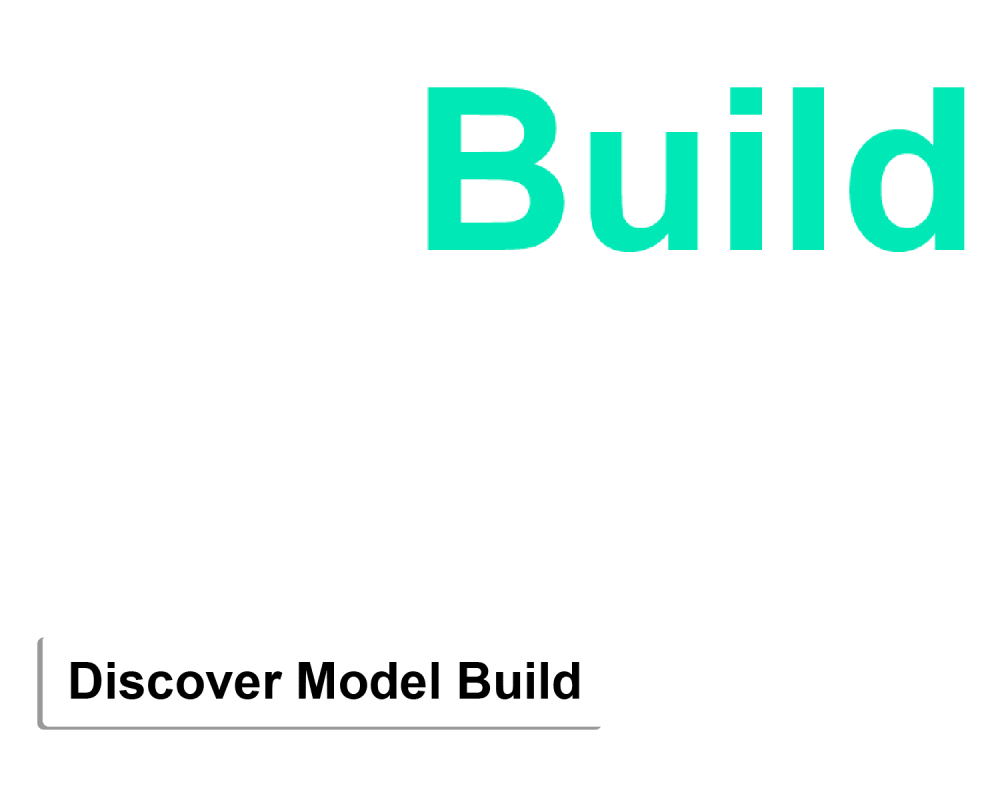

Accelerate Your Forecasting Process with J+D’s Proprietary Software Tool: A Case Study
J+D were approached by a global pharmaceutical company with a broad pipeline across rare diseases, who needed an improved forecasting

1. Methodology.
Choosing the right modeling methodology is the first key to better long-range planning. At J+D Forecasting we advocate event-based forecasting. This enables you to model the impact of factors that fall outside of the scope of historical data. For example, this might be the impact of a competitor’s product launch at an unknown point in the future. With this approach, you can easily modify key data points to understand the impact of a variety of possible future scenarios.
Rather than focusing on accuracy above anything else, forecasters should aim to present a range of possible future scenarios. A solid model which has the sophistication to capture the full range of factors impacting the forecast enables forecasters to adapt their output response to stakeholder requests. For example, this type of model might be used to demonstrate the steps a company would need to take to reach a particular financial goal with a new drug launch.
2. Identify variability.
Focusing on variability can help forecasters better identify risks and opportunities. To enhance long-term forecasting, the key is to begin with robust data and identify the main sources of variability. Investing in accurate data-gathering for these areas of variability helps to drive better assumptions and understand the risks and opportunities of a particular scenario.
The next step is to run multiple scenarios which capture the inherent uncertainties of the future competitive landscape, defining the most likely, worst and best-case outcomes.
3. Clear communication.
Last but not least, forecasters should also consider how they communicate long-range forecasts to stakeholders and decision-makers. Forecasts should empower an organization to execute strategic long-range business plans with confidence and clarity. Long-range forecasts should be designed to be as user-friendly as possible. This can be achieved by filtering and presenting only the key information that stakeholders need and quoting ranges rather than precise numbers for greater accuracy.
This type of presentation requires a mindset shift for forecasters away from the laser focus on accuracy toward a broader top-level approach. Stakeholders should be able to come away with a clear understanding of a particular project's upside and downside potential, which can directly enhance their executive decision-making processes.
Final Thoughts.
01
The foundation of long-range forecasting is a solid and transparent model which can be easily adapted and improved as new data becomes available.
02
Rather than focusing on accuracy, long-range forecasters should strive to understand where risks and opportunities lie.
03
Focusing on variability helps to identify risks and opportunities efficiently and effectively.
04
Communicating these risks and rewards clearly to decision-makers empowers them to act strategically and decisively in accordance with the data available.










J+D Forecasting’s pharmaceutical forecasting software caters to four key stages in the pharmaceutical industry: New Product Planning, Product Launch, Inline/On Market Products, and Data/Market Research (which is incorporated into the New Product Planning stage).
With our forecasting solutions, we can help you make informed decisions about the future of your products, whether they are in the early stages of development or already on the market.
J+D forecasting’s software is designed to cater to different therapy classes, including oncology, rare diseases, and epidemiology, by providing specialized forecasting models and tools that are tailored to the unique characteristics of each therapy area.





Common challenges will lead future trends in this area. ‘How can you best keep a model simple and streamlined and still answer the business questions?’ ‘What level of depth of methodology should be used to inform different stakeholders?’ ‘How to communicate the value vs. limitations of a forecast to senior management to not set false expectations?’
Addressing these challenges to deliver efficiencies within forecasting will continue to be the focus for J+D as we carry on investing in the needs and demands of our clients.
Our cloud-based, industry specific forecasting platform, FC365 continues to evolve. In the latest iteration, clients can build their own Power BI reports. Integration with more applications is in the pipeline for a fully streamlined approach.
J+D Forecasting is also building additional project management capabilities that will help clients significantly. In the future, the platform will focus on advanced analytics such as sensitivity and goal seeker scenario analysis.
Ultimately, FC365 will start incorporating other data sources so that clients can expand it outside the model and start using it to predict their business performance.
Have a forecasting challenge? Get in touch for a free consultation with us at a time that suits you.
J+D Forecasting’s software provides a range of analysis tools, including SimScore, Monte Carlo, Consolidation, Auto-trending, and Seeker.
These tools can help you make more accurate forecasts and predictions by simulating different scenarios, estimating probabilities, combining data sources, identifying trends and patterns, and focusing on the most influential drivers.


J+D were approached by a global pharmaceutical company with a broad pipeline across rare diseases, who needed an improved forecasting


J+D were approached by a global pharmaceutical company who needed a new forecasting solution with a robust process management system


The adoption of Onco+ has helped this biotech cut the forecast development pipeline significantly and supported best practice forecasting within